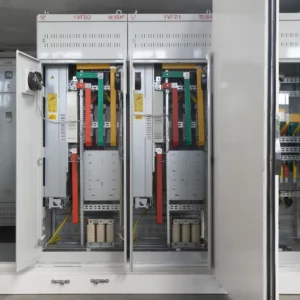High and Low Voltage Electrical Cabinets
Looking for high-quality High and Low Voltage Electrical Cabinets? Our range of High and Low Voltage Electrical Cabinets is designed for safe, efficient, and reliable electrical distribution in industrial environments. Whether you need solutions for power control or distribution, we have the perfect product for your needs. For more details, contact us today!
Reliable Industrial Electrical Cabinets
Our industrial electrical cabinets provide safe and efficient electrical power distribution for various industrial applications. Built to last, these cabinets protect electrical components from environmental factors. They are ideal for controlling, monitoring, and distributing power in demanding environments.
Affordable Electrical Cabinets with High Quality
At Jingjin Equipment, we offer electrical cabinets at competitive prices. You get high-quality products without going over budget. Our cabinets deliver maximum reliability and safety. They are the perfect choice for your electrical infrastructure.
Trusted Electrical Cabinet Suppliers
We are leading electrical cabinet suppliers, providing cabinets tailored to meet your specific industrial needs. From basic power control to complex distribution, we offer efficient solutions. Our cabinets are safe, easy to maintain, and built to perform.
About Jingjin
At Jingjin Equipment, we specialize in providing top-quality High and Low Voltage Electrical Cabinets. With years of experience, we deliver reliable products and excellent customer service to ensure your electrical systems work safely and efficiently.



